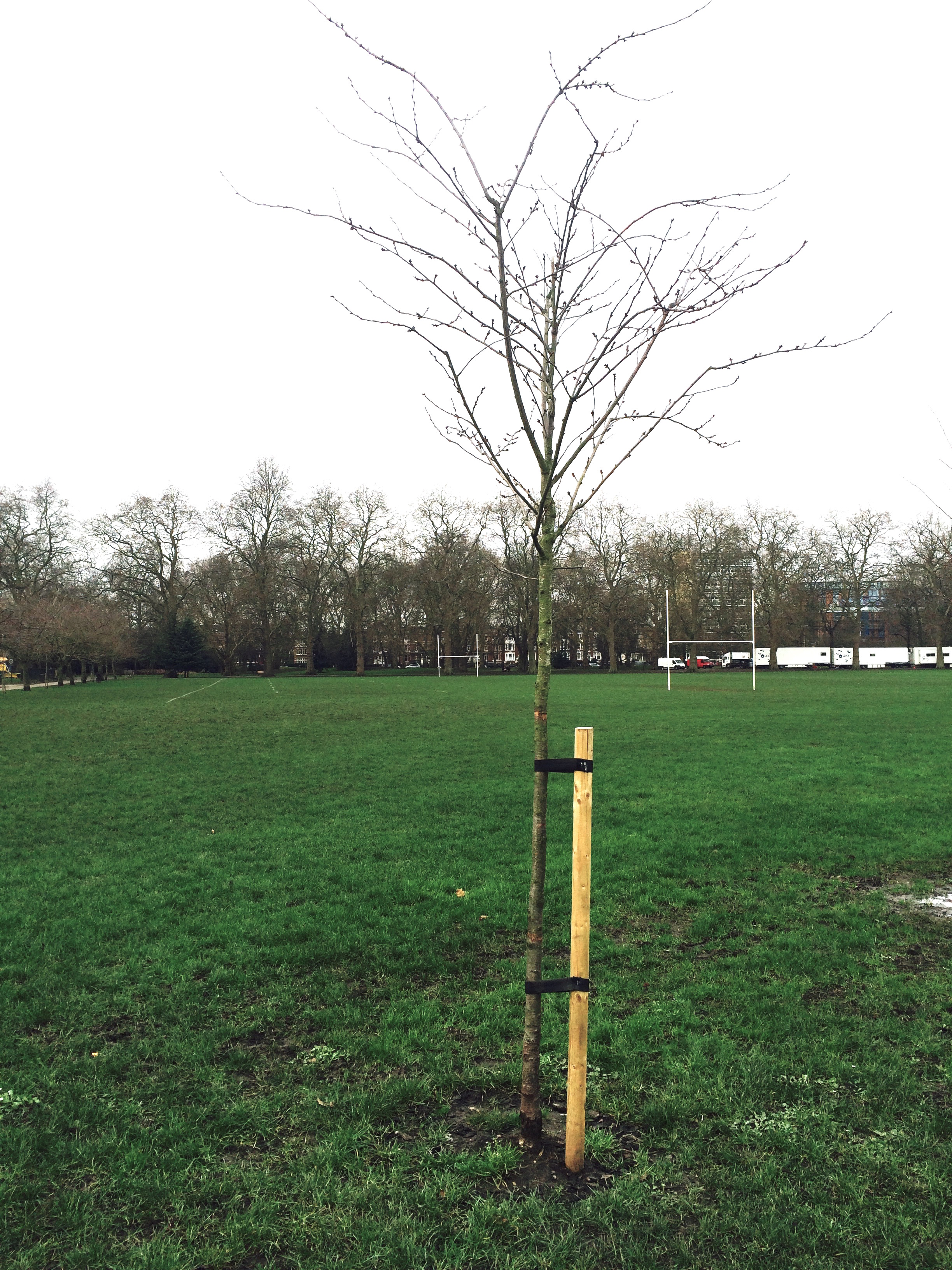[ Naming ]
2. Mary Johnson
2. Mary Johnson
In contemporary art, it is the museological procedure that an artist labels their artwork with a title, dimensions, list of materials and year. As a result, the artwork carries this supplementary textual information to the viewer and the viewer assumes that these claims about the artwork are stable. There may even be a literary description provided for the viewer in order to further aid their interpretation of the work. Kosuth’s, One and Three Chairs (1965) successfully challenges the stability of these definitions provided for an object, but he does not look into interpretations of the thing itself (it’s essence). Kosuth’s practice lingers around the object, separating it into name and thing, but does not explore the thing’s ability to self-represent.
To further explore this looseness between thing and name, we can look at the instance of the subject-object relation in a person’s name. A common name, such as ‘Mary Johnson’ cannot and should not represent all people that are called ‘Mary Johnson’ in the world; each ‘Mary’ has a different life, age, hobby etc. It can clearly be seen, in this scenario, that there is a huge gap between the outer name and inner life of the person. As Maria Puig de la Bellacasa states in her book, Matters of Care: Speculative Ethics in More Than Human Worlds (2017), ‘Things are not one thing - like humans are not “the” human.’[1] In this statement, Bellacasa highlights how looking at the inner life of humans allows us to access the inner life and difference between things. Bellacasa goes onto suggest that a better understanding of the nature of things does not require humans to over-care for them, as this would situate the human as the more powerful care giver. In contrast, Bellacasa suggests that we all share the same ecosystem and thus have to co-operate, ‘Most of us need care, feel care, are cared for, or encounter care, in one way or another.’[2] However, this care has to be situated, responsive to particular situations as opposed to a general notion of care, as things are as complex as their human counterparts. Things are also part of our human ecosystem; they are connected and inter-relational with humans. Humans and things (nonhumans either organic or inorganic) can help each other flourish and can also damage each other or the environment on which they all depend.
Humans are used to simplifying things into objects, to allow themselves to use them easily and without any emotional or complex thinking that would be required in a relationship with things. Kosuth deconstructed the object (chair) into three elements: image of a chair, a physical chair and the word chair but this is still analysing a chair from a human perspective. However, if you did not wrap the chair in the human interpretations that Kosuth does, the chair’s thingness would have the opportunity to become even more complex. This situation produces a set of questions: what is the internal life of the chair?; With which non-human actors has the chair come into contact?; From which materials is the chair made?; By which factory is it assembled?; What is the ratio of human/machine involvement in the making of it?; Who has sat on the chair before?; Where is the chair positioned in relation to its environment? The chair is in a complex web of internal and external relations, which makes its solid definition difficult to ascertain. Moreover, why is the thing (chair) with the name (chair) of this object (chair) so certain? How can humans be certain that they represent the same thing, that this chair is ‘the’ chair?
 - Are they a wood, a stick or a tree ? -
- Are they a wood, a stick or a tree ? -